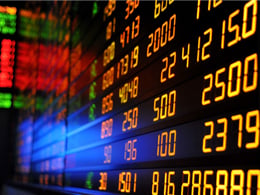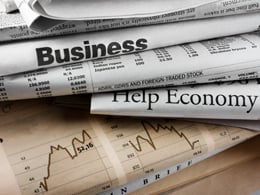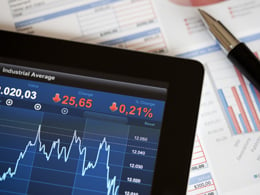It’s been a while since I wrote about inflation, the general increase in prices that makes everything cost more. Inflation has been so low recently that it hasn’t really been a priority. Indeed, there’s been more concern about inflation running too low than too high.














